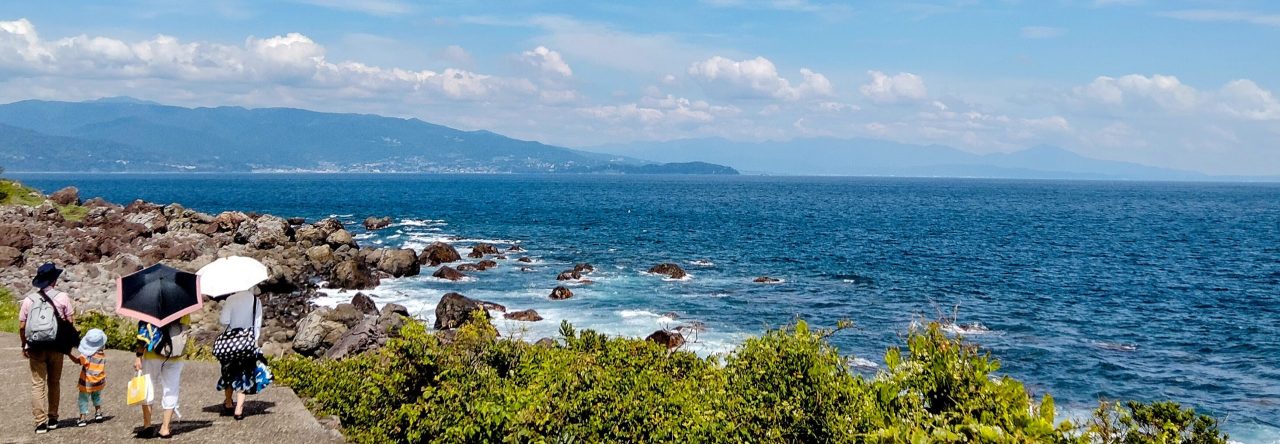■20200504(月曜日:雨) Curator

■今日5月4日はみどりの日で、連休真っ最中です。今朝は走るつもりでしたが、4時頃からでしょうか、雨が降り始めました。結局目覚ましの鳴った時には、かなり強く雨が降っていて走るのは止めました。
昨夜は7時からロータリークラブの仲間で、オンラインでのZoom会議を開きました。コロナウイルス蔓延のために、クラブの例会が開けない状態が続いているからです。30人近いメンバーに、ほぼ一ヶ月近く会っていません。
例会に出かけて皆さんの元気なお顔を拝見するだけでも、心が癒されるのですが、それも叶わない時間が過ぎています。取り立てて何かを話し合ったり議論する訳ではないのですが、ちょっとした世間話をするだけでも、ほっとする時間を持てるのはロータリークラブのありがたい点の一つです。
昨夜は私が呼びかける形でホストを務め、皆さんにメールで連絡しましたが、都合のついた方は7名でした。
無料版のZoomでは、会議時間は40分と決められていますので、解決困難な問題を長時間話し合うことはできないのですが、多くの場合この制約の中で充実した話し合いを持とうとするために、むしろこの時間はちょうど良いのかもしれません。長々と議論すれば良いというものではありません。
■さて緊急事態宣言の発令によって不急不要の外出が制限されています。多くの美術館・博物館も当面休館が続いています。
5月2日の東京新聞6面、文化欄では『ウイルス禍と文化』と題して、美術館・博物館の使命について古川秀昭さんが寄稿されています。副題は「命」や「性」に宿る、「美」と会う機会を、とあります。
1995年の阪神淡路大震災の際、災害時に美術館は役に立つか否か、という議論を通じて、「美術館・博物館は現代人の心身の避難所でもある」と著者は述べたそうです。
美術館・博物館の学芸員は英語で「curator」キュレーターと言います。元になる言葉の「cure」は癒す、救済するという意味を持っています。つまり美術館・博物館は社会に大いに役立つ使命を担っているのです。
今のような自粛下の、ある意味閉塞しきった家庭と社会にあって、美術に関わってきた著者は、今こそ美術館・博物館の役割を訴えたい、と書かれています。このような時こそ、「命とは」、「生きるとは」に、美や感動が密接であると確認できる場に、美術館・博物館がなりうるからです。
日本の政治家が、こうした美術館・博物館に対しての支援に熱心でないことは有名です。コロナウイルス蔓延における活動自粛要請に対して、ドイツなどでは演奏家、芸術家に手厚い支援を行っていますが、日本では殆どゼロ回答です。その違いは、まさに天地ほど違っています。
政治家だけの違いが問題なのではなく、社会全体の芸術に対する考え方の違いが反映しているかもしれません。
私達は当然のことながらパンがなくしては生きていけません。と同時に、パンのみにて生(い)くるにあらず、もこれまた真実なのです。
今のような非常事態に陥った時こそ、生き抜くために何が必要なのか、を今一度考え直してみることが大切なのではないでしょうか。
Today, May 4th, is Greenery Day, and we are in the middle of a series of holidays. I was going to run this morning, but it started to rain, probably around 4:00. By the time my alarm went off, it was raining pretty hard and I eventually stopped running.
Last night we had an online Zoom meeting at 7pm with fellow Rotary club members. Due to the spread of the coronavirus, I haven’t seen nearly 30 members in almost a month without a regular club meeting.
It is soothing just to go to a regular meeting and see your cheerful faces, but the time has passed without that. It’s not like we’re discussing or debating anything, but it’s one of the things I appreciate about Rotary clubs that we can take some time to relax, even if it’s just for small talk.
Last night I hosted and emailed everyone, and there were seven people who attended.
In the free version of Zoom, the meeting time is set at 40 minutes, so it is not possible to discuss difficult problems for long periods of time, but in many cases this may be just the right time to try to have a fruitful discussion within this constraint. It is not a matter of discussing it at length.
Now that a state of emergency has been declared, non-essential outings are restricted. Many museums are also closed for the time being.
On May 2, Mr. Hideaki Furukawa wrote an article on the mission of museums and art galleries in the Culture column of the Tokyo Shimbun under the title of “Virus Peril and Culture”. The subtitle of the article says, “A chance to meet the beauty that dwells in life and sex.
At the time of the Great Hanshin-Awaji Earthquake in 1995, the author said, “Museums are also mental and physical shelters for modern people” through a discussion about whether museums are useful in times of disaster.
The curator of a museum or art gallery is called a “curator” in English. The original word “cure” means to heal or to relieve. In other words, museums have a mission to serve society well.
In this book, the author, who has been involved in the art industry, wants to emphasize the role of museums and art galleries in the current self-restraint of families and societies that have become stagnant in a sense. It is at times like these that museums can become places where we can confirm that beauty and emotion are closely related to “what is life” and “what is life”.
Japanese politicians are notoriously unenthusiastic in their support for these museums and art galleries. In response to the request for voluntary restraint of activities due to the spread of the coronavirus, Germany and other countries have provided generous support to performers and artists, but in Japan, there has been almost no response. The difference is exactly as different as heaven and earth.
It’s not just the differences between politicians that are the problem, it may be a reflection of the differences in the way society as a whole thinks about art.
We can’t live without bread, of course. At the same time, it is also true that bread alone does not come to life.
In times of emergency such as the one we are experiencing now, it is important to reconsider what we need to do to survive.
